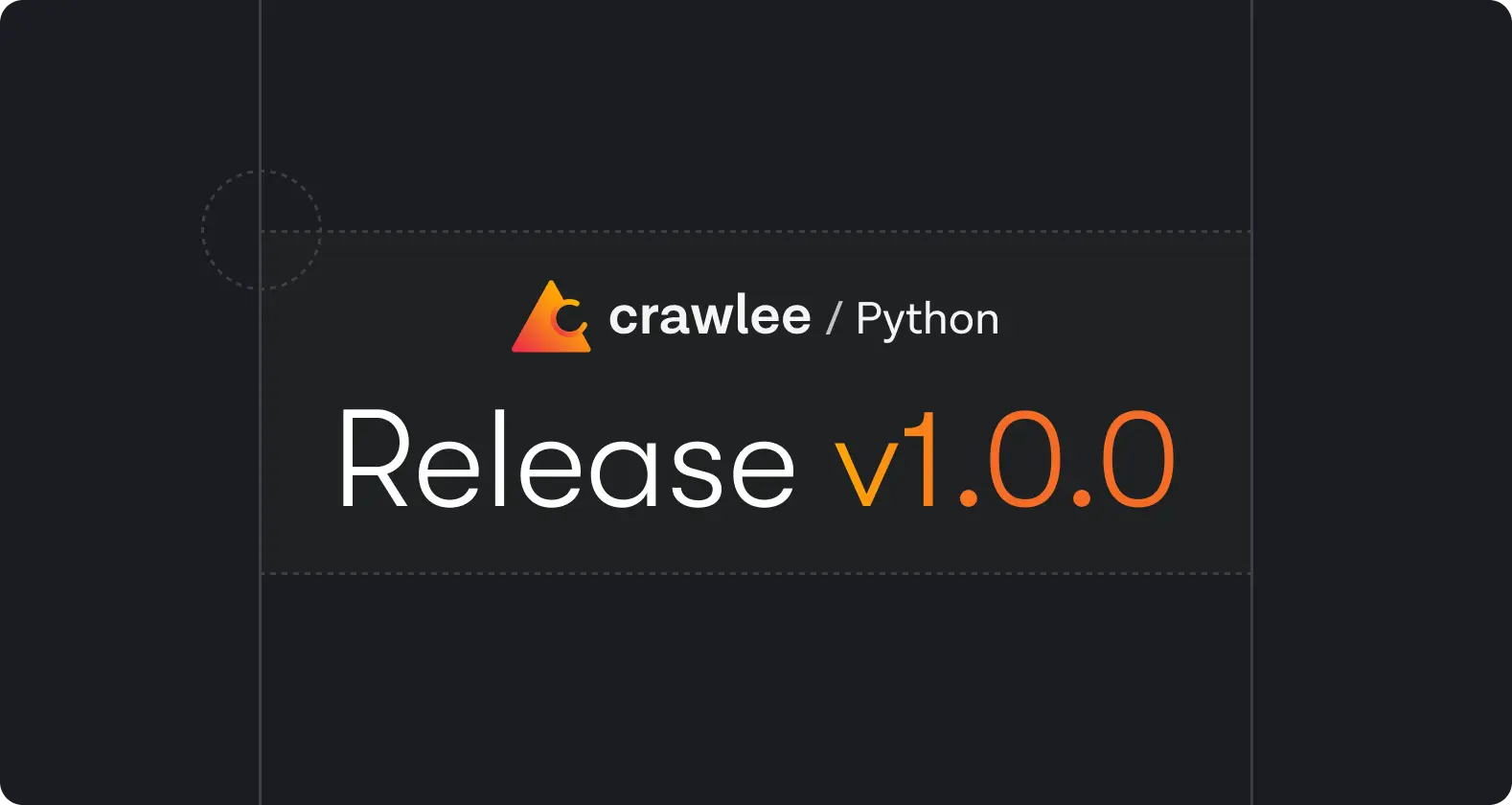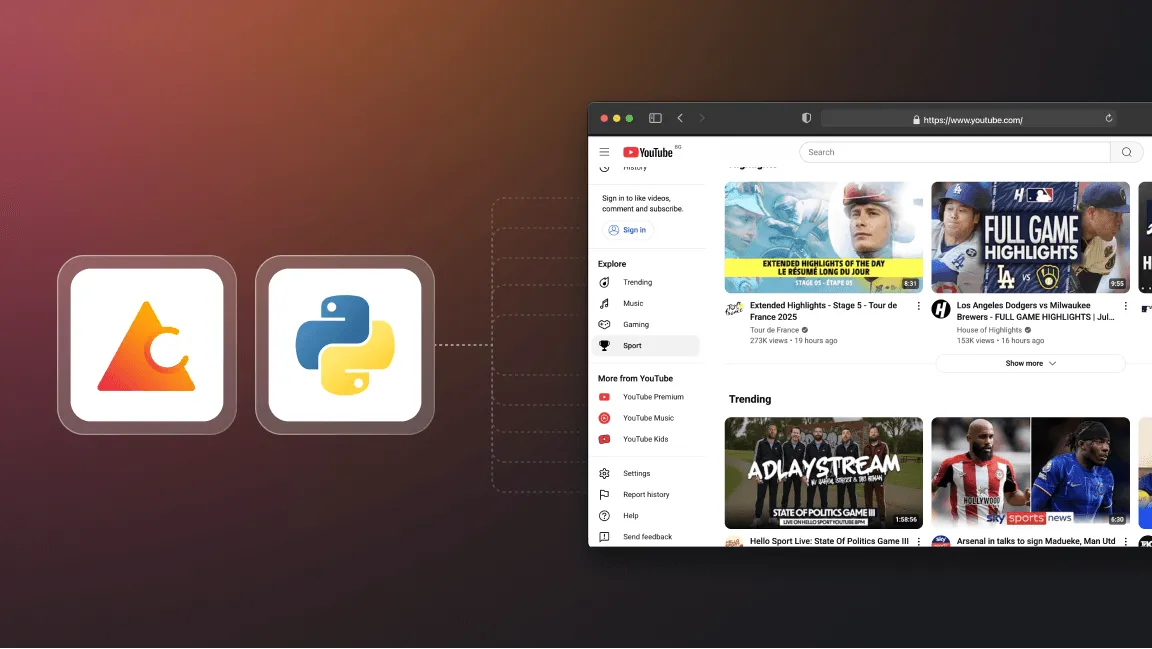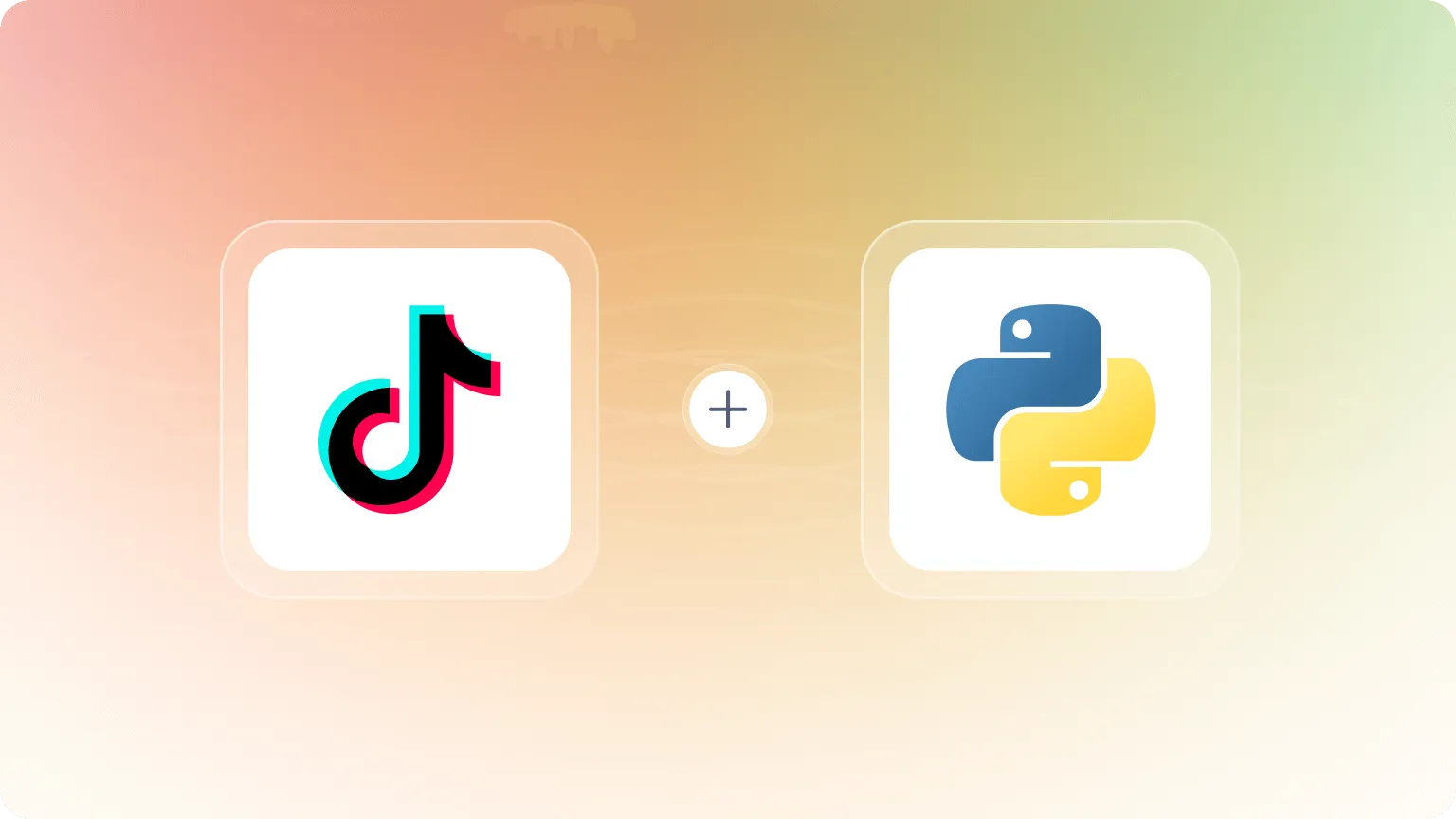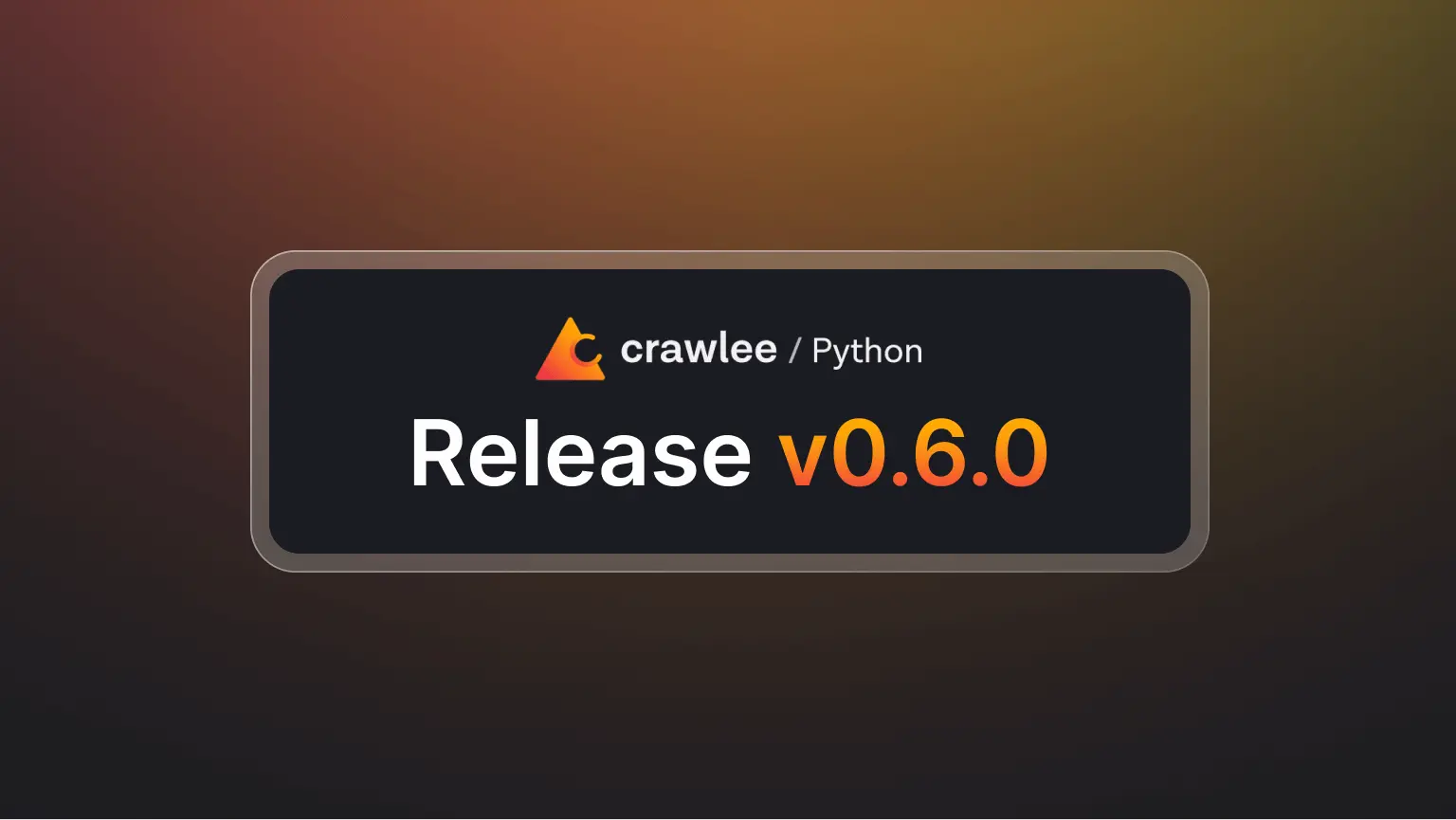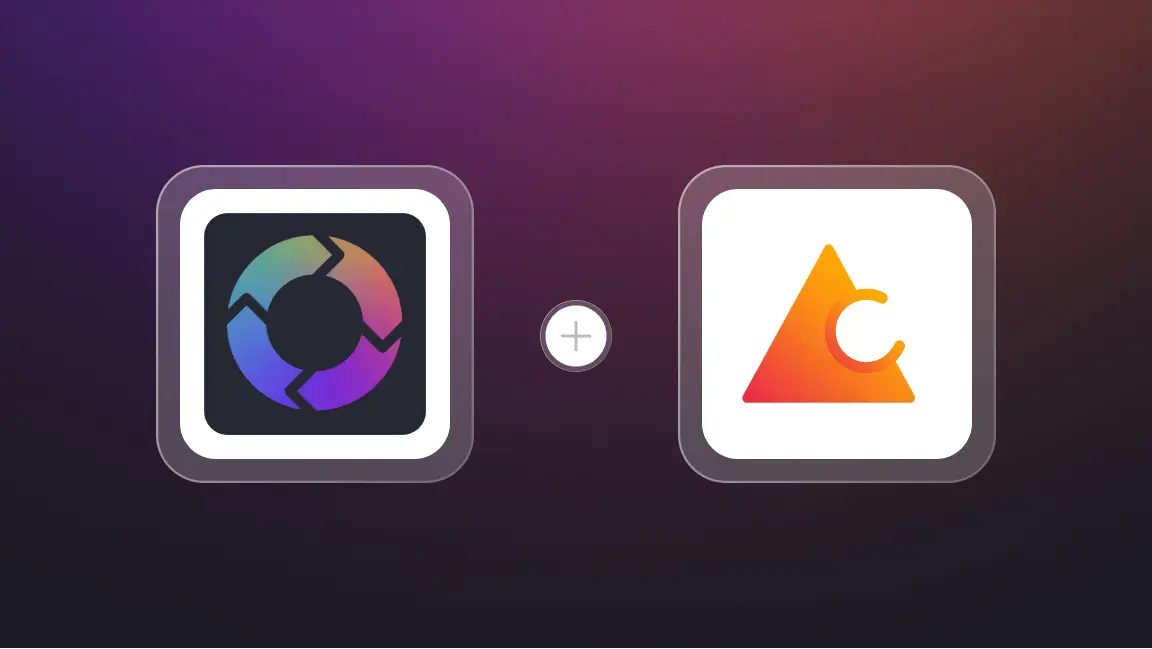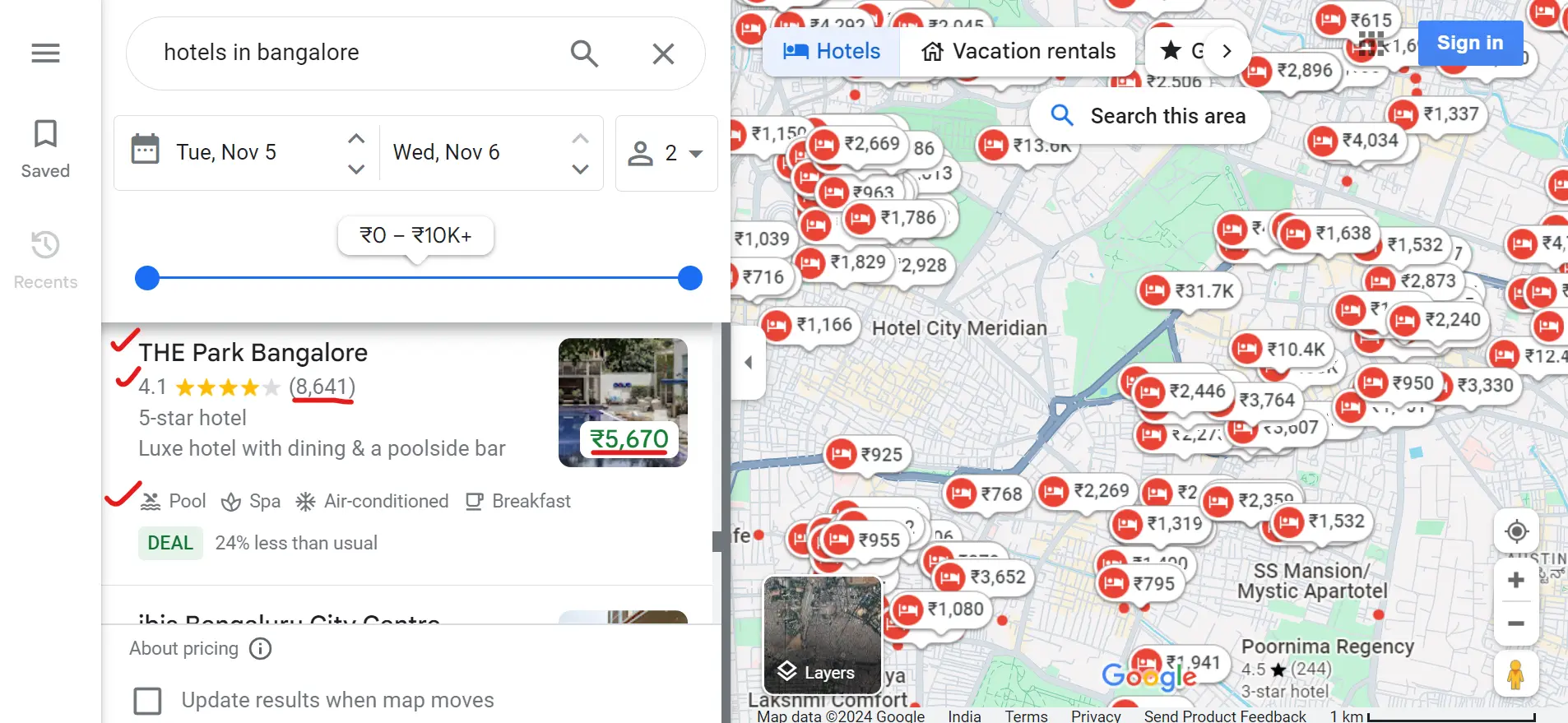Crawlee for Python v1
We launched Crawlee for Python in beta mode in July 2024. Over the past year, we received many early adopters, tremendous interest in the library from the Python community, more than 6000 stars on GitHub, a dozen contributors, and many feature requests.
After months of development, polishing, and community feedback, the library is leaving beta and entering a production/stable development status.
We are happy to announce Crawlee for Python v1.0.
From now on, Crawlee for Python will strictly follow semantic versioning. You can now rely on it as a stable foundation for your crawling and scraping projects, knowing that breaking changes will only occur in major releases.
What's new in Crawlee for Python v1
- New storage client system
- Adaptive Playwright crawler
- Impit HTTP client
- Sitemap request loader
- Robots exclusion standard
- Fingerprinting
- Open telemetry
